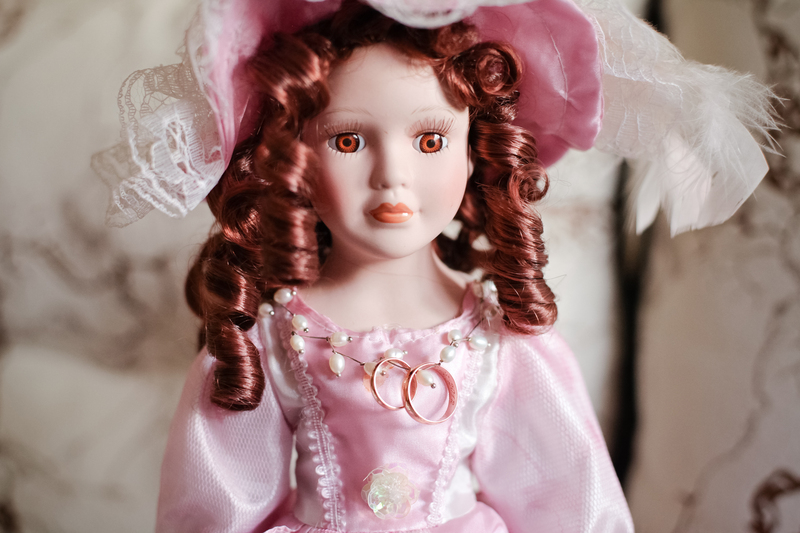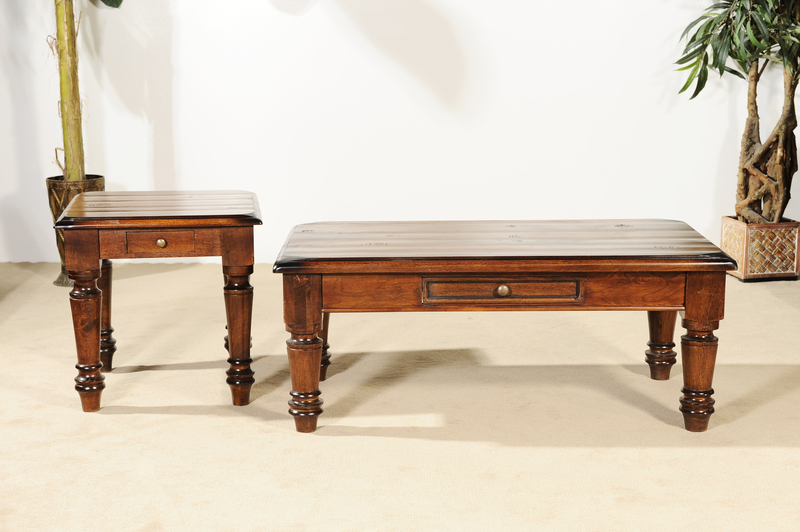The Art of Upcycling: Transforming Unwanted Items into Decorative Masterpieces
Upcycling is not merely a trend--it's an engaging and resourceful approach to sustainability and creativity. The art of upcycling transforms what many would consider trash into aesthetic treasures, giving new life to old or discarded objects. From trashed furniture to thrown-away jars, everyday items become opportunities for innovation and self-expression. This comprehensive article will delve into the essence of upcycling, its environmental impact, and step-by-step ideas to turn unwanted items into breathtaking decorative masterpieces.
Table of Contents
- What is Upcycling?
- The Environmental Benefits of Upcycling
- The Creative Process Behind Upcycling
- Popular Upcycling Ideas for Decorative Purposes
- Step-by-Step Guide: Upcycling Everyday Items into Masterpieces
- Design & Decorating Tips: Achieving Stunning Upcycled Decor
- Showcase: Inspirational Upcycling Projects
- Conclusion
What is Upcycling?
Upcycling--also referred to as creative reuse--is the process of repurposing unwanted objects or materials, elevating their value by transforming them into something useful or beautiful. Unlike recycling, which often breaks down items to create new raw materials, upcycling focuses on imaginative redesign and reuse, allowing the original object's essence or form to shine through in its new function. This greener alternative to throwing items away empowers people to look at 'waste' with possibility and purpose.
Upcycling vs. Recycling: Understanding the Difference
- Recycling: Items are broken down and remade, often requiring lots of energy.
- Upcycling: Items are creatively repurposed, utilizing much of the original material and keeping its value intact or even increasing it.
Example: Turning old tires into stylish ottomans is upcycling; melting down a glass bottle to make new glass is recycling.
The Environmental Benefits of Upcycling Decorative Items
Upcycling decorative items is not just about artistic expression. It's also a vital aspect of contemporary sustainable living. Here's how upcycling helps the environment:
- Reduces landfill waste: Fewer items are discarded, meaning less pollution and conserving precious landfill space.
- Conserves energy: Unlike manufacturing processes, upcycling usually requires less energy and water.
- Minimizes resource extraction: By reusing materials, the need for new raw materials decreases, reducing resource depletion and environmental damage.
- Reduces carbon footprint: Transforming unwanted items into decorative masterpieces decreases greenhouse gas emissions associated with manufacturing and waste disposal.
- Promotes eco-conscious thinking: Upcycling inspires a culture of sustainability and creative problem solving.
Whether you are a seasoned eco-warrior or a casual craft enthusiast, practicing the art of upcycling is a rewarding way to reduce your environmental impact.
The Creative Process Behind Upcycling
Upcycling is as much about imagination and vision as it is about craftsmanship. The process generally unfolds across several stages:
1. Spotting Hidden Potential
The art of upcycling begins with seeing potential in the overlooked. From an old window frame to a rusty ladder, successful upcyclers look past the obvious and envision what could be.
2. Planning Your Project
- Consider the item's structure, durability, and possible new purposes.
- Decide on the materials, color schemes, and style that fit your space.
- Sketch or plan your ideas before starting--preparation is key!
3. Gathering Supplies
- Paints, stains, and varnishes for surface treatment.
- Tools for cutting, sanding, and assembly (saws, sandpaper, nails, glue, screwdrivers, etc.).
- Embellishments: stencils, fabric, beads, or recycled hardware.
4. Execution & Finishing Touches
Transform your unwanted item with skill and care. Add decorative touches, reinforce structures, and finish surfaces for a professional look. The last step? Step back, admire your masterpiece, and find the perfect spot to display it!
Popular Upcycling Ideas for Decorative Purposes
The growing popularity of upcycling has sparked an explosion of ideas across the globe. Here are tried-and-true upcycling projects that can infuse your home with personality and charm:
Furniture Upcycling
- Pallet Wood Creations: Convert old pallets into rustic coffee tables, benches, or wall shelves.
- Vintage Suitcase Chairs: Attach sturdy legs and plush cushions to an old suitcase for a quirky, functional seat.
- Sewing Machine Base Tables: Top an antique treadle base with reclaimed wood or glass for an eye-catching writing desk.
Glass Jar & Bottle Art
- Mason Jar Chandeliers: Suspend jars from a wooden plank and insert LED lights for a charming, energy-efficient centerpiece.
- Wine Bottle Vases: Cut and sand bottles to create unique vases or hanging lanterns.
Repurposed Home Decor
- Drawer Wall Shelves: Mount unused drawers as floating shelves, adding visual interest and functional storage.
- Window Frame Photo Displays: Insert photos behind panes for a nostalgic, farmhouse vibe.
- Bicycle Wheel Clocks: Mount a recycled wheel, add clock hardware, and paint numbers for a statement wall clock.
Textile Upcycling
- Patchwork Quilts: Use fabric scraps or old clothing to make vibrant throws or wall hangings.
- T-Shirt Rugs: Braid and sew strips of t-shirts for eco-friendly, washable floor coverings.
Tip: Let your imagination be your guide. The only limit to upcycling is your creativity!
Step-by-Step Guide: How to Upcycle Everyday Items into Decorative Masterpieces
Ready to try your hand at creating upcycled decorative art? Here's a basic guide that can be adapted to almost any type of project:
-
Choose Your Item Wisely
- Pick something sturdy and in reasonably good condition.
- Look for unique shapes or details that can add character.
-
Clean and Prepare
- Thoroughly wash, sand, and repair your item to provide a sound foundation.
-
Plan Your Design
- Sketch ideas, select colors, and gather your materials.
- Consider combining different discarded objects for a more dramatic effect.
-
Apply Your Transformation
- Paint, upholster, or assemble your masterpiece carefully.
- Don't rush the process--multiple coatings or layers create lasting results.
-
Add Artistic Flair
- Stencils, decoupage, or distressed finishes add personality and uniqueness.
-
Protect and Display
- Seal surfaces for durability (especially furniture).
- Proudly showcase your upcycled decor in your chosen space.
Remember: There is no "wrong" way--part of the beauty of upcycling lies in its embrace of imperfection and originality.
Design & Decorating Tips: Achieving Stunning Upcycled Decor
- Keep Color Schemes in Mind: Use cohesive tones that complement your room's decor for a sophisticated look.
- Mix Old and New: Pair upcycled pieces with contemporary accents for fresh, eclectic spaces.
- Highlight Original Details: Let distinctive features (handles, patina, wood grain) remain visible whenever possible.
- Layer Textures: Combine wood, metal, glass, and textiles for visual variety and tactile interest.
- Group Similar Items: Create impact by displaying a collection (e.g., painted bottles, frame collages) together.
- Use Functional Artwork: Many upcycled decorative pieces serve a purpose (wall hooks from cutlery, lighting from cans).
- Let Your Personality Shine: Add personal touches that reflect your story and style.
To upcycle unwanted items into decorative masterpieces that truly impress, embrace bold experiments, learn from mistakes, and be open to happy accidents!
Showcase: Inspirational Upcycling Projects
Explore these real-life examples to ignite your own upcycling creativity:
- Piano Desk: An upright piano transformed into a dramatic workspace, using the keyboard lid as a desktop and internal parts as shelves.
- Ladder Bookshelf: An antique wooden ladder, sanded and stained, fitted with boards to become a rustic bookshelf and plant stand.
- Bottle Cap Mosaic Art: Thousands of colorful bottle caps assembled into a detailed wall mosaic, perfect for eclectic spaces.
- Headboard Bench: A salvaged bed frame refitted with a seat and fresh paint to become a welcoming entryway bench.
- CD Mirror Wall: Discarded CDs cut and arranged around a mirror to create a shining, contemporary art piece.
Every upcycling project tells a story of rescue, reinvention, and creativity--making the old new again and transforming waste into wonder.
Conclusion
The art of upcycling is an invitation to see the world differently--to recognize the hidden value and beauty in things others overlook or discard. Each project helps the environment, reduces waste, and adds unique character to your home. With a bit of vision and some imagination, you can upcycle unwanted items into extraordinary decorative masterpieces that delight the eye and inspire the soul.
Ready to start your upcycling journey? Pick up that unused item, gather your creative courage, and transform yesterday's castoffs into tomorrow's showpieces. The possibilities are as limitless as your imagination!


